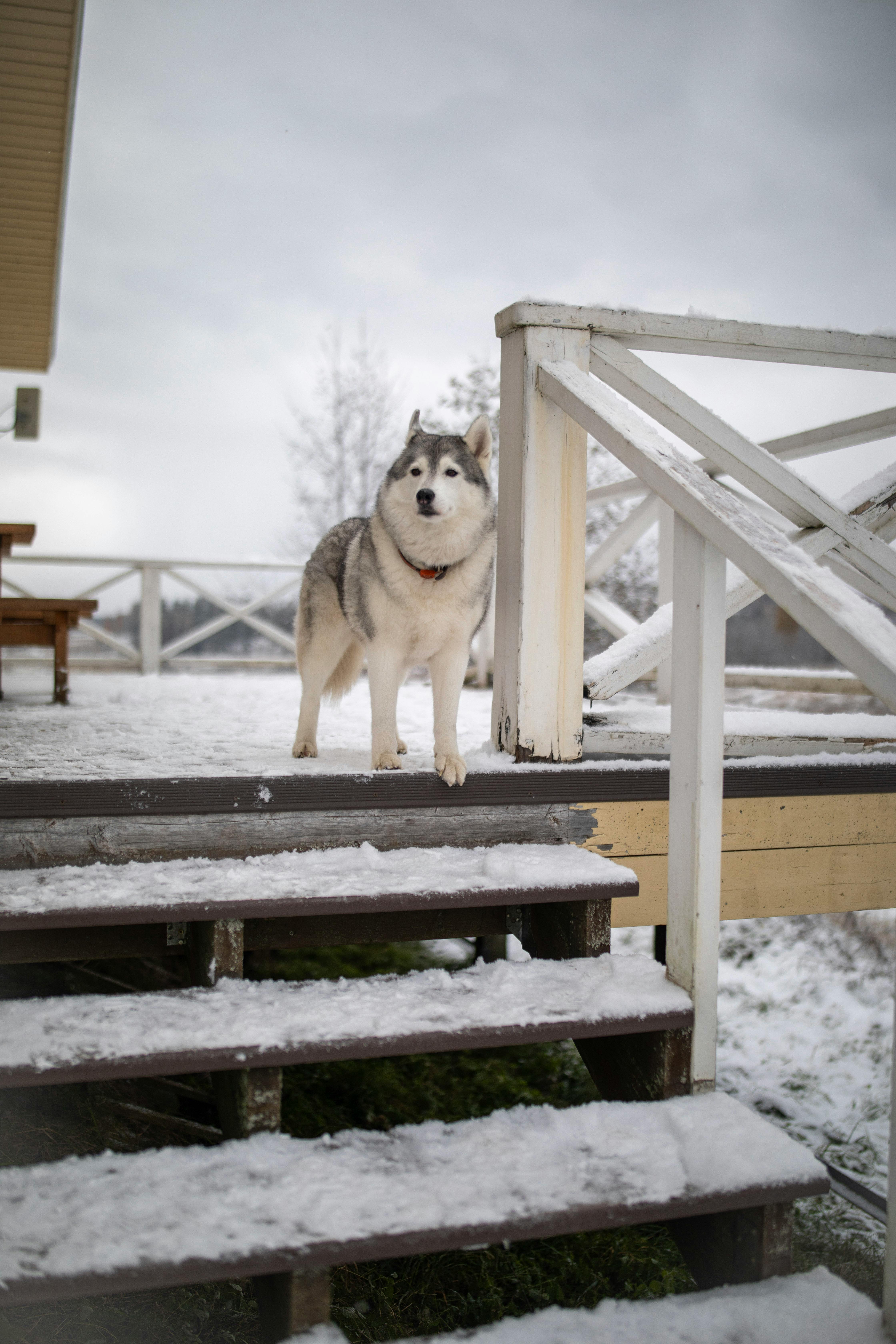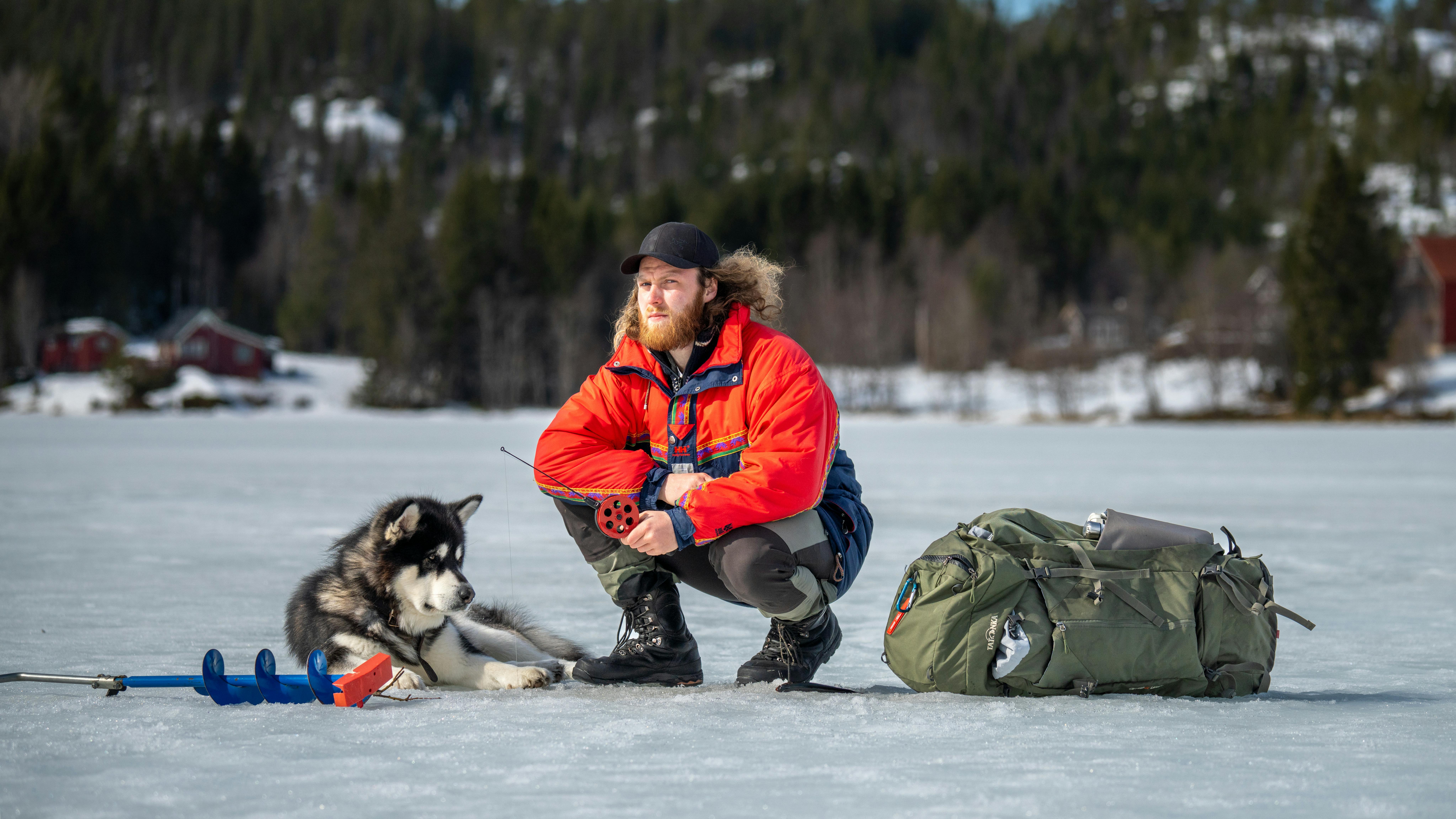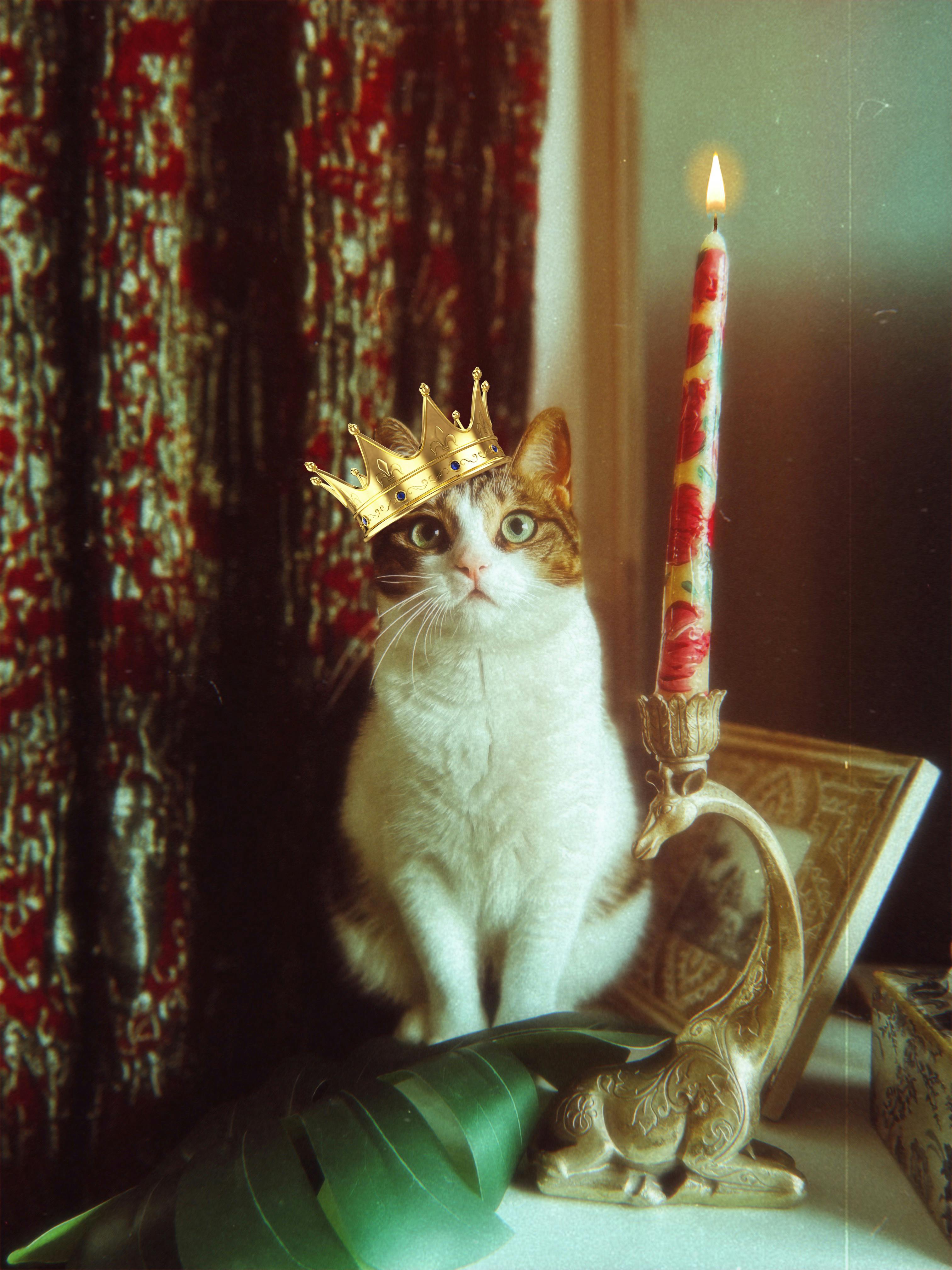Hi there! Are you curious about how to give your furry friend a haircut at home? Well, look no further because we have all the information you need right here! In this article, we will be discussing the steps you can take to groom your dog’s hair at home, so that they can look and feel their best. We will provide you with easy-to-follow instructions, helpful tips, and even some adorable pictures along the way. So let’s get started on this exciting journey of learning how to give your dog a stylish haircut at home!
Understanding Your Dog’s Grooming Needs
Grooming is an essential part of taking care of your furry friend. Different dog breeds have different grooming needs, so it’s important to understand what your specific breed requires. Some dogs have short hair, while others have long hair that requires more attention. By understanding your dog’s grooming needs, you can ensure they stay healthy and happy.
Knowing different breed’s grooming needs
Each breed of dog has its own unique grooming requirements. Some breeds, like Labradors or pugs, have short hair that doesn’t require much grooming. However, breeds like Shih Tzus or Poodles have long hair that needs regular brushing to prevent matting. It’s important to research your dog’s breed to understand their specific grooming needs.

Importance of regular grooming for dogs
Regular grooming has many benefits for your dog. It helps to keep their coat clean and healthy, preventing matting and tangles. Grooming also allows you to check for any skin issues or abnormalities that may require veterinary attention. Additionally, regular grooming helps to keep your dog’s nails trimmed, preventing discomfort or potential injuries.
When to start grooming your pup
It’s important to start grooming your puppy at a young age to get them used to the process. Start by gently brushing their coat and handling their paws and ears. This will help them become comfortable with grooming as they grow older. Gradually introduce grooming tools, such as clippers and scissors, to familiarize them with the sound and sensation.

Gathering the Right Grooming Tools
To ensure a successful home grooming session, it’s important to gather the right tools. These tools will depend on your dog’s specific grooming needs and hair type. Here are some essential grooming tools to consider:
Choosing the right clippers
For dogs with long hair, a good quality clipper is essential. Look for clippers specifically designed for pet grooming, as they will have the appropriate power and blades for the job. Make sure the clipper is comfortable to hold and has adjustable settings to achieve the desired hair length.
Investing in good quality scissors
Scissors are necessary for trimming hair in hard-to-reach places, such as around the face and paws. Look for sharp, stainless steel scissors with rounded tips to prevent accidental injuries. It’s worth investing in a pair of grooming scissors specifically designed for dogs.
Benefits of nail clippers
Keeping your dog’s nails trimmed is crucial for their comfort and health. Nail clippers designed for dogs have a safety guard to prevent over-cutting and reduce the risk of injury. Look for clippers that are the appropriate size for your dog’s nails.
Taking care of comb and brushes
A good quality comb and brush are essential for maintaining your dog’s coat. Look for a comb with both wide and narrow teeth to tackle different areas of your dog’s fur. A slicker brush is great for removing tangles and loose hair, while a bristle brush can help to distribute natural oils and keep the coat shiny.
Preparing your Dog for a Haircut
Before giving your dog a haircut, it’s important to help them relax and feel comfortable. Grooming can be a stressful experience for dogs, so taking steps to calm them beforehand is essential.
Tips for calming your dog before a haircut
- Choose a quiet and calm environment for grooming
- Establish a positive association by offering treats or rewards during grooming sessions
- Use soothing and gentle tones to communicate with your dog throughout the grooming process
- Take breaks if your dog becomes anxious or stressed, and always listen to their signals of discomfort or fear
Steps to gently introducing grooming tools
Introduce grooming tools gradually to help your dog become comfortable with them. Start by allowing your dog to sniff and investigate the tools without any grooming involved. Reward them with treats and praise to create a positive association. Once they are comfortable, gently touch them with the tools before progressing to using them on your dog’s coat.
Regular brushing before cutting hair
Before starting the haircut, it’s important to thoroughly brush your dog’s coat to remove any tangles or mats. This will make the clipping process easier and more comfortable for your dog. Use a slicker brush or comb to gently and slowly work through the hair, being careful not to pull or tug.

Dog Haircut Steps: Short-Haired Breeds
If your dog has short hair, there are specific steps to follow to ensure a successful haircut.
Skin inspection before the haircut
Before starting the haircut, inspect your dog’s skin for any signs of redness, irritation, or sores. If you notice any issues, it’s best to consult with a veterinarian before proceeding.
Working with clippers: tips and tricks
When using clippers on short-haired breeds, start with a longer guard attachment and gradually work your way to a shorter one for a desired length. Move the clippers in the direction of hair growth and be cautious around sensitive areas such as the neck and paws.
Dealing with problem zones like neck and paws
Some areas, like the neck and paws, can be more challenging to groom. When grooming the neck, be gentle and use shorter clipper strokes. For the paws, use scissors to trim the hair carefully, avoiding cutting too close to the skin.
Hydrating your dog’s skin post-haircut
After the haircut, it’s important to hydrate your dog’s skin. Use a moisturizing spray or dog-specific conditioner to prevent dryness and irritation. Massage the product into their skin and coat gently.
Dog Haircut Steps: Long-Haired Breeds
Long-haired breeds require extra attention and care during haircuts to maintain their beautiful coats.
Brushing out knots and mats before haircut
Before starting the haircut, thoroughly brush your dog’s coat to remove any knots or mats. Use a slicker brush or comb to gently untangle the hair, working from the bottom of the mat towards the root. If the mat is too severe, it may be necessary to carefully cut it out.
Techniques for cutting long hair
When cutting long hair, it’s important to have a clear plan and vision for the desired look. Use scissors to carefully trim the hair, following the shape of your dog’s body. Take your time and make small, controlled cuts to achieve the desired length.
Maintaining featherings on legs and tail
Some long-haired breeds have featherings on their legs and tail. These areas require extra care to maintain their appearance. Use thinning shears to carefully trim and shape the featherings, being mindful of maintaining a natural look.
Post-haircut care for long-haired breeds
After the haircut, it’s important to continue regular brushing and maintenance to keep your dog’s coat healthy. Brush them daily to prevent tangles and mats from forming. Use a detangling spray or conditioner to make brushing easier and keep their coat shiny.

Ensuring Safety during Home Haircuts
While grooming your dog at home can be a rewarding experience, it’s important to prioritize safety to avoid accidents or injuries.
Avoiding clipper burns and cuts
Be cautious when using clippers to avoid clipper burns or cuts. Keep the clippers clean and well-maintained to prevent any issues. Take breaks during the grooming session to allow the clippers to cool down if they become heated.
Preventing accidental injuries
When using scissors, always exercise caution to avoid accidental injuries. Be mindful of sharp tips and edges and keep your dog still and calm during the cutting process. Use treats and positive reinforcement to encourage good behavior.
Emergencies: what to do if something goes wrong
In the event of an emergency, it’s important to stay calm and act quickly. If your dog sustains a cut or injury, apply gentle pressure to stop any bleeding. Contact your veterinarian immediately for further guidance and assistance.
Handling Difficult Areas while Cutting Hair
Certain areas of your dog’s body require extra care and attention when trimming or cutting hair.
Guidelines for trimming around eyes and ears
When trimming around delicate areas like the eyes and ears, extreme caution is necessary. Use rounded-tip scissors and make small, precise cuts. It may be helpful to have another person hold your dog or distract them with treats during this process.
Safely trimming your dog’s paws
Trimming hair around your dog’s paws can be tricky. Start by lifting your dog’s paw and holding it securely. Use scissors or clippers to carefully remove any excess hair, being mindful not to cut too close to the skin or nails.
Cutting hair on sensitive areas
Some dogs have sensitive areas that require extra care when cutting hair, such as the belly or groin. Take your time and make small, controlled cuts to avoid any discomfort or accidental injuries. If needed, ask for assistance from a professional groomer.
Cleaning up After a Haircut
After the haircut is complete, it’s important to properly clean your grooming tools and take care of the leftover hair.
Properly cleaning your grooming tools
Cleaning your grooming tools is crucial to maintain their longevity and prevent the spread of bacteria. Follow the manufacturer’s instructions for cleaning each tool. Use a disinfectant solution or soap and water to thoroughly clean the blades and handles.
Disposing of dog hair: environment-friendly ways
When disposing of the dog hair, consider eco-friendly options. You can use the hair as compost for plants, add it to bird nests for insulation, or contact local farmers who may use it for various purposes.
Giving your dog a post-haircut bath
After the haircut, it’s a good idea to give your dog a bath to remove any loose hair or debris. Use a dog-specific shampoo that is gentle on their skin and coat. Take care to rinse thoroughly to ensure there is no remaining shampoo residue.
The Pros and Cons of Home Grooming
Home grooming has both benefits and challenges. It’s important to weigh these factors and decide what is best for you and your dog.
Benefits of grooming your dog at home
- Save money on professional grooming services
- Bonding opportunity with your dog
- Convenience of grooming on your own schedule
- Control over the grooming process and familiarity for your dog
Struggles and challenges of home grooming
- Need to invest in grooming tools and maintain them properly
- Requires time, patience, and practice to become proficient
- May be challenging for dogs who are anxious or not used to being groomed
- Limited experience with handling certain grooming techniques or styles
Deciding when to seek professional help
If you are unsure about grooming your dog at home, or if your dog has certain grooming needs that you are not comfortable handling, it’s best to seek professional help. Professional groomers have the expertise and experience to handle various breeds and styles effectively and safely.
Frequently Asked Questions about Home Grooming
Here are some common questions and answers to help you navigate home grooming:
How often should I cut my dog’s hair?
The frequency of haircuts depends on your dog’s breed and coat type. Dogs with fast-growing hair may require haircuts every 6-8 weeks, while dogs with slower-growing hair can go longer between haircuts. Regular brushing and maintenance between haircuts can help to keep their coat healthy.
What shampoo should I use after a haircut?
Look for a shampoo specifically formulated for dogs. Choose one that is mild, hypoallergenic, and free from harsh chemicals. Consult with your veterinarian if your dog has any specific skin conditions or sensitivities.
Tips for grooming a nervous dog at home
For grooming a nervous dog, take things slowly and be patient. Gradually introduce grooming tools and reward your dog with treats and praise. Make grooming sessions short and positive, gradually increasing the time as your dog becomes more comfortable.
Dealing with skin issues after a haircut
If your dog experiences any skin issues after a haircut, such as redness, itching, or irritation, consult with your veterinarian. They can provide guidance on potential allergies or skin conditions that may need treatment.
Grooming your dog at home can be a rewarding and enjoyable experience for both you and your furry friend. By understanding their grooming needs, gathering the right tools, and implementing safe practices, you can keep your dog looking and feeling their best. Remember to always prioritize their well-being and seek professional help when needed. Happy grooming, dog lovers!




